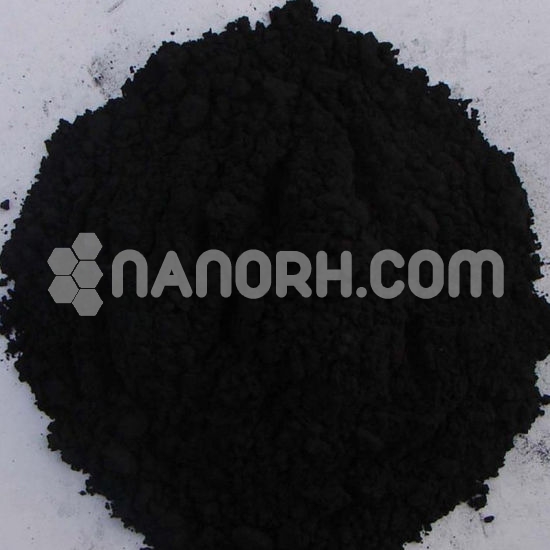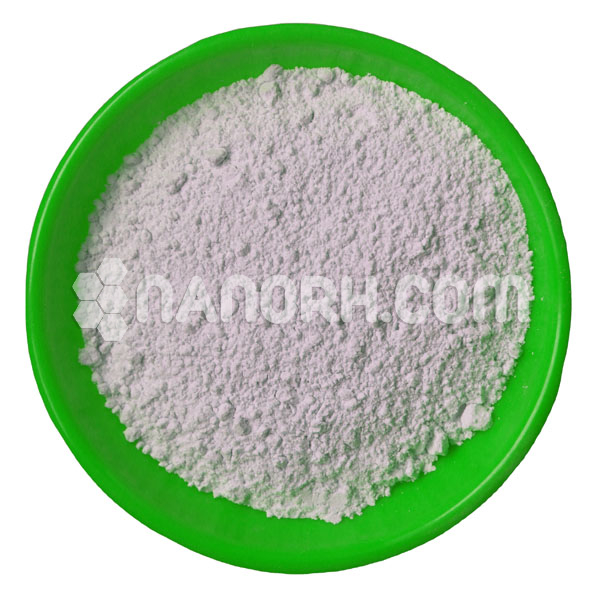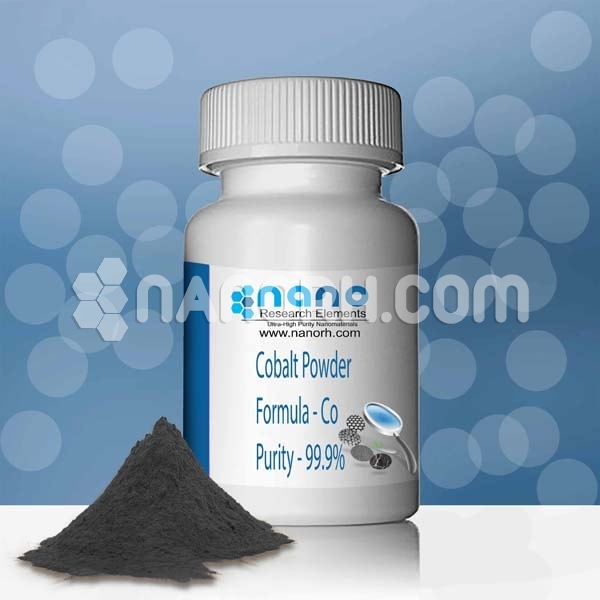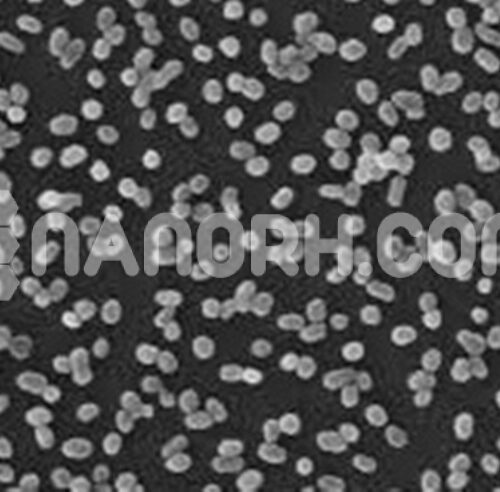| Nickel Oxide MicroPowder | |
| Product No | NRE-10040 |
| CAS No. | 1313-99-1 |
| Formula | NiO |
| Molecular Weight | 74.69g/mol |
| APS | 5um(can be customized) |
| Purity | 99.9% |
| Density | 6.67g/m3 |
| Color | Green Crystalline |
| Melting Point | 1955°C |
| Boiling Point | NA |
Nickel Oxide MicroPowder
Prospects for using nanomaterials with a diameter <100 nm in a number of applications are extensively studied in many fields such as biology, physics, chemistry, cosmetics, optical components, drug production, polymer science, mechanics, and toxicology. This article analyzes the properties and applications of nickel oxide nanoparticles.
Applications:
In Battery Technologies:
Nickel-Cadmium (NiCd) Batteries: Nickel oxide is used in nickel-cadmium batteries, where it forms part of the positive electrode. The nickel oxide cathodes contribute to the battery’s energy storage and discharge capabilities.
Nickel-Metal Hydride (NiMH) Batteries: Similar to NiCd batteries, nickel oxide is also used in NiMH batteries for high-performance rechargeable applications, including hybrid vehicles, power tools, and consumer electronics.
Lithium-Ion Batteries: Nickel oxide plays a role in the production of certain lithium-ion battery cathodes, particularly in nickel-cobalt-aluminum (NCA) batteries and nickel-cobalt-manganese (NCM) batteries, which are widely used in electric vehicles (EVs) and energy storage systems.
In Catalysis:
Catalyst in Industrial Processes: Nickel oxide is used as a catalyst in several important chemical reactions. For example, it is used in the hydrogenation of oils and in the production of chemicals such as methane and synthesis gas.
Catalyst for Environmental Applications: It is used in catalytic converters for automobiles and industrial processes to reduce pollutant emissions, such as nitrogen oxides (NOx) and carbon monoxide (CO). Nickel oxide is an efficient catalyst for these processes.
Dehydrogenation Reactions: It is involved in dehydrogenation reactions, especially in the production of alkenes from alkanes in petrochemical industries.
In Ceramics and Glass:
Ceramic Pigments: Nickel oxide is widely used as a colorant or pigment in ceramics and glassmaking. It imparts a greenish or blue color to ceramic glazes and glass products. Nickel oxide-based pigments are often used in high-end decorative ceramics and art glass.
Electrically Conductive Ceramics: Due to its semiconductor properties, nickel oxide is used in the production of electrically conductive ceramics for electronic devices and components.
Glass Manufacturing: Nickel oxide is used in the manufacture of specialty glass, such as low-emission glass, which has enhanced thermal insulation properties.




